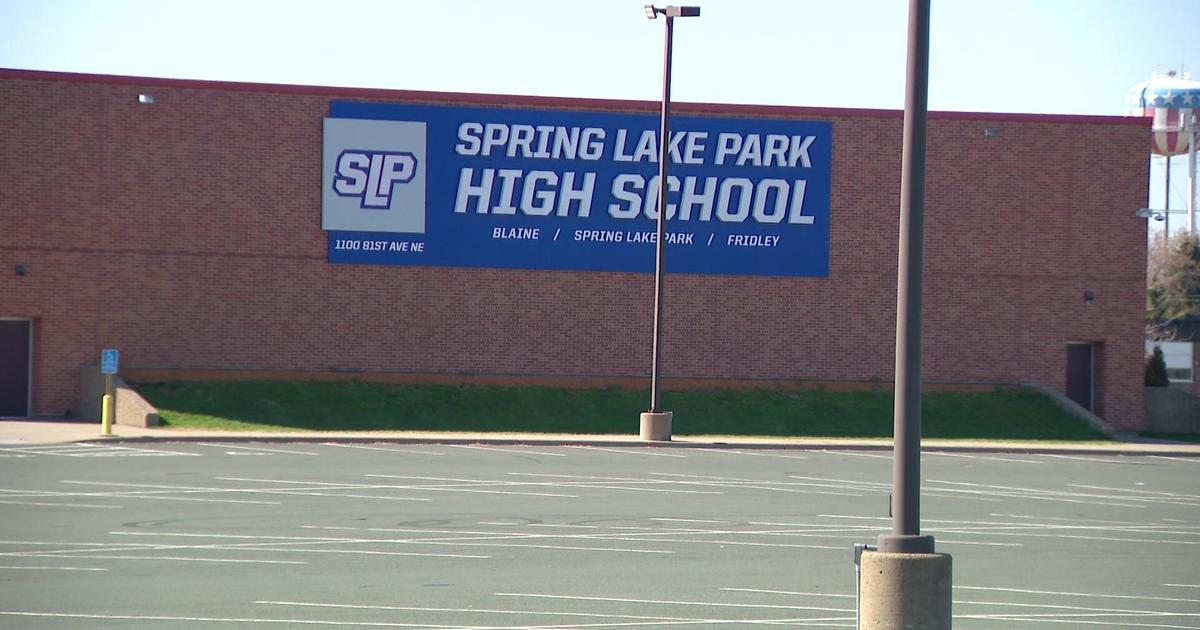Mille Lacs Study Aims To Find Source Of Walleye Decline
ISLE, Minn. (WCCO) -- Research is now underway to help solve the perplexing mystery of what's happening to the walleye fishery on Lake Mille Lacs.
On Monday, Department of Natural Resources fisheries staff pulled in their final test nets in the effort to capture an estimated 25 million walleye eggs.
The walleye population in the lake has dipped so low that the DNR was forced to impose a "catch and release" season for walleye when the season opens on May 14.
Lake Mille Lacs has long been known as a walleye factory. Its rocky shoreline and rubble bottom is ideal for natural walleye reproduction. That prolific ability at egg hatching has long kept the lake's walleye population in balance against strong fishing pressure.
But over the past decade, the safe allowable harvest of walleye has steadily declined.
"The fry seem to be surviving to their first year, to the fall. But they don't seem to be making it to the ages of three and four," the DNR's Central Region Fisheries Manager Brad Parsons said. "That's when they get to be the size that people can really catch."
So to learn what's happening fisheries biologists took to the choppy waters of Mille Lacs. From large test nets they pulled out dozens of spawning fish, male and female. Technicians quickly go to work where they will carefully fertilize the eggs in a large mixing bowl -- preparing the precious commodity for transport to the DNR's Warner Road hatchery in St. Paul.
"We get between a 60 and 80 percent hatch rate, while in the wild it's only about 10 percent," one technicians said.
While at the hatchery the eggs will be chemically marked, using a common antibiotic. That will allow the DNR to differentiate the hatchery raised fish from those naturally raised in the lake. In just a couple of weeks the fry will make a return trip where they will be released back into Mille Lacs.
Explains Parsons, "We know there's lots of natural reproduction going on, but this will help tell us what the magnitude of that is," Parsons said. "It will also help determine why we're having such survival issues from age one to age three."
Come next fall, DNR test nets will again be placed along the shores as technicians hope to recapture the young fish which will have grown to roughly six inches.
By comparing the hatchery reared walleye to those raised in the wild, it could bring the first real clues into what's happening - and help unravel a troubling mystery.
"We need to find out why," Parsons said.
He added the study will also help determine the proper rate if artificial stocking of walleye is ever needed on Lake Mille Lacs.



